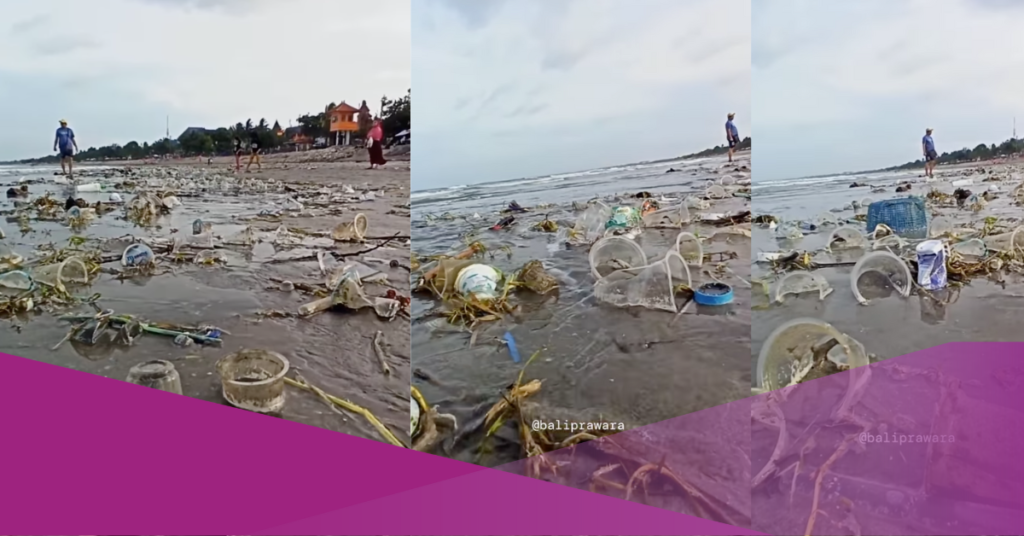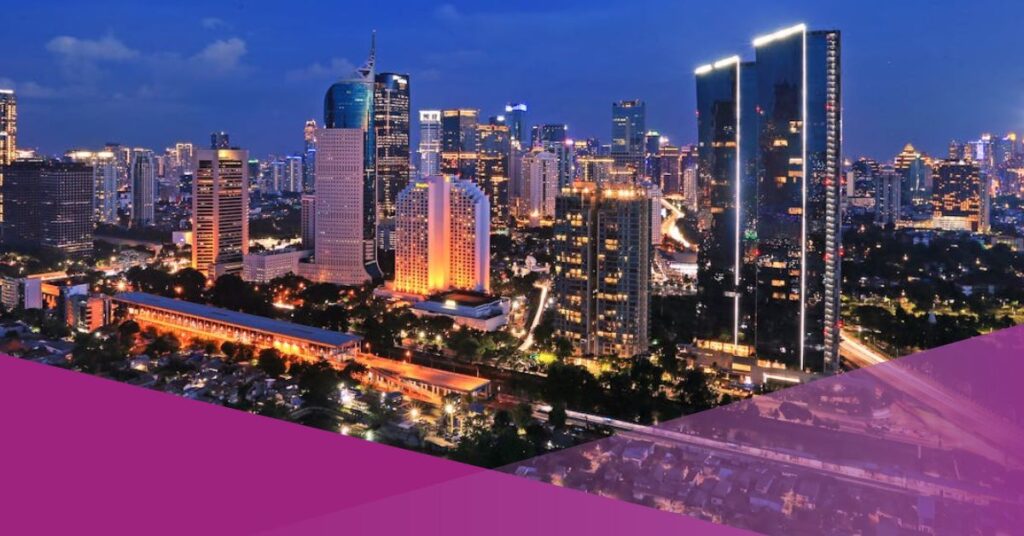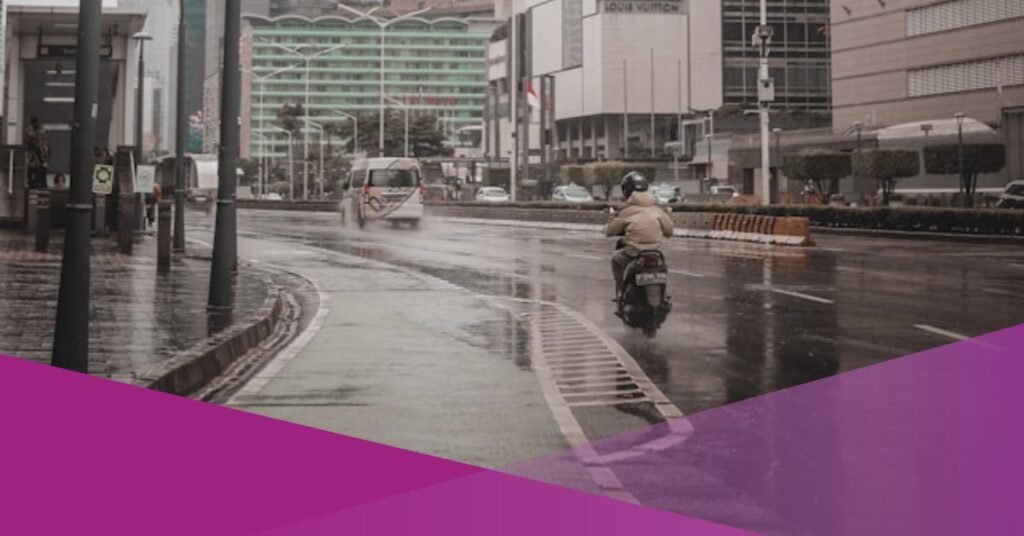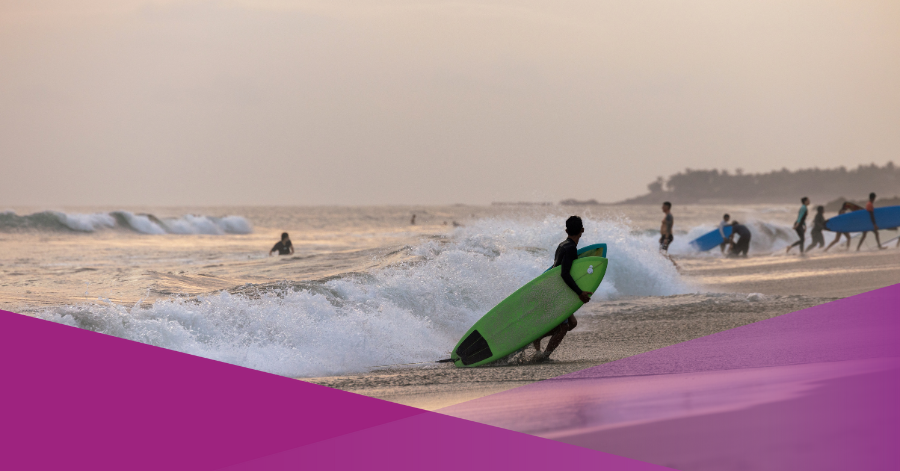Recently, a video surfaced showing heaps of plastic trash on Kota Beach, shared by the account @baliprawara on Instagram on February 22, 2024. The video reveals a disturbing sight of thousands of pieces of litter scattered along the coastline.
The main reason behind this problem is the geographical location of Kuta Beach, situated in a bay, combined with the west monsoon wind blowing from the west to the east. This weather pattern causes Kuta Beach and its vicinity to become a dumping ground for debris carried by the sea currents and nearby river estuaries as long as the west monsoon persists.
In 2023, data revealed that Kuta Beach alone could accumulate up to 60 tons of plastic waste daily, while Jimbaran Beach received around 120 tons during the same period.
I Made Gede Dwipayana, the Marine Waste Evacuation Detection Coordinator from the Badung Regency Environmental Service, highlighted that ten zones are consistently affected by incoming waste at the beginning and end of each year.
Bali Government Response to the Plastic Waste Issue
To address this issue, the Environmental Service deploys over 400 personnel across these ten coastal zones daily for cleaning efforts. Additionally, the Bali government has provided heavy equipment to facilitate the process of removing plastic waste, aiming to make the cleanup operations more efficient.
In 2017, a study published in the journal Nature Communications revealed that Indonesia was the largest contributor to plastic waste, with an estimated 200,000 tonnes of plastic ending up in the ocean.
There are various reactions from the community regarding the plastic waste issue on Kuta Beach. Many believe that the Bali government should take more effective measures to address this issue by promoting lifestyle changes and reducing dependency on plastic. Others suggest implementing better plastic waste management strategies to prevent further pollution of Bali’s beaches.































